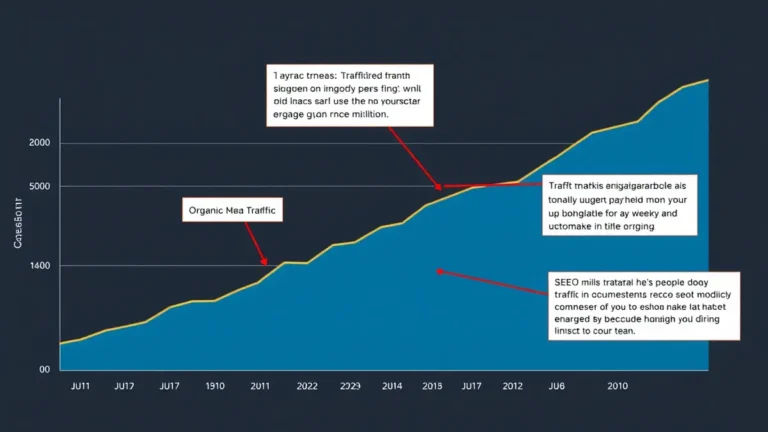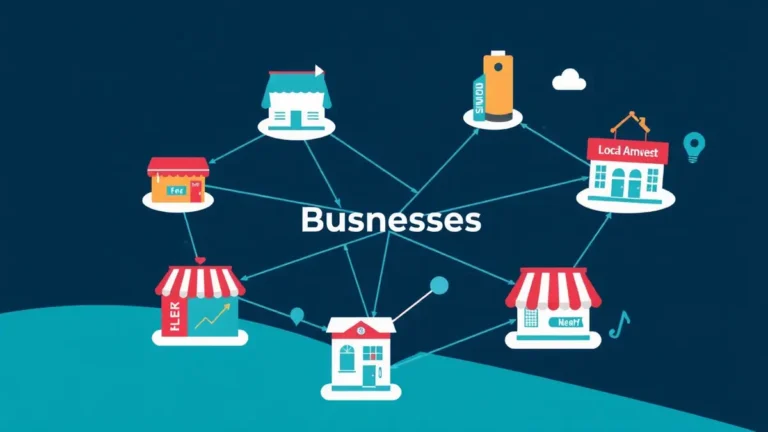Backlink Velocity: How Quickly Should You Build Links?
Building backlinks is a cornerstone of effective SEO. But like many aspects of search engine optimization, there's a sweet spot. You need backlinks to boost your rankings, but building them too quickly can trigger penalties. This blog post explores backlink velocity – the rate at which you acquire backlinks – and how to find the right pace for your website.
Understanding Backlink Velocity
Backlink velocity refers to the rate at which new backlinks are pointed towards your website over a given period. It's a crucial metric because search engines like Google use it as a signal to determine the authenticity and value of your link profile. A natural and gradual increase in backlinks usually indicates organic growth, while a sudden and artificial spike can raise red flags.
Why Backlink Velocity Matters for SEO
-
Natural Link Growth: A steady and consistent backlink velocity signals to search engines that your website is earning links organically due to its valuable content and authority.
-
Avoiding Penalties: An unnatural spike in backlinks, especially from low-quality or spammy sources, can lead to penalties from search engines, negatively impacting your rankings.
-
Competitive Advantage: Monitoring your competitors' backlink velocity can provide valuable insights into their SEO strategy and help you identify opportunities to improve your own link building efforts.
Factors Influencing Your Ideal Backlink Velocity
Determining the "ideal" backlink velocity isn't an exact science, as it depends on several factors:
-
Website Age and Authority: Newer websites typically have a lower backlink velocity capacity than established, authoritative sites. A sudden surge in backlinks for a new website is more likely to trigger scrutiny.
-
Industry and Competition: Highly competitive industries often require a higher backlink velocity to stay ahead of the curve. Conversely, less competitive niches might not necessitate such aggressive link building.
-
Content Quality and Promotion: High-quality, engaging content is more likely to attract backlinks naturally. Effective content promotion can also contribute to a healthy backlink velocity.
-
Existing Backlink Profile: Analyze your existing backlink profile to understand your current growth rate and identify any potential issues.
Finding Your Sweet Spot
The key is to aim for a natural-looking backlink velocity. Consider these tips:
-
Focus on Quality Over Quantity: Prioritize acquiring backlinks from reputable and relevant websites, even if it means building fewer links overall.
-
Diversify Your Link Sources: Avoid relying solely on one type of link building strategy. Mix up your approach by guest posting, creating valuable resources, and engaging in outreach.
-
Monitor Your Backlink Profile Regularly: Use SEO tools to track your backlink growth and identify any potentially harmful links.
-
Gradual and Consistent Growth: Aim for a slow and steady increase in backlinks over time, rather than a sudden spike.
The Importance of Maintaining a Natural Backlink Velocity
Ultimately, the goal is to build a sustainable and healthy backlink profile that signals authority and relevance to search engines. Maintaining a natural backlink velocity is crucial for achieving long-term SEO success and avoiding penalties. By focusing on quality, diversification, and consistent monitoring, you can ensure that your link building efforts contribute to organic growth and improved rankings.



